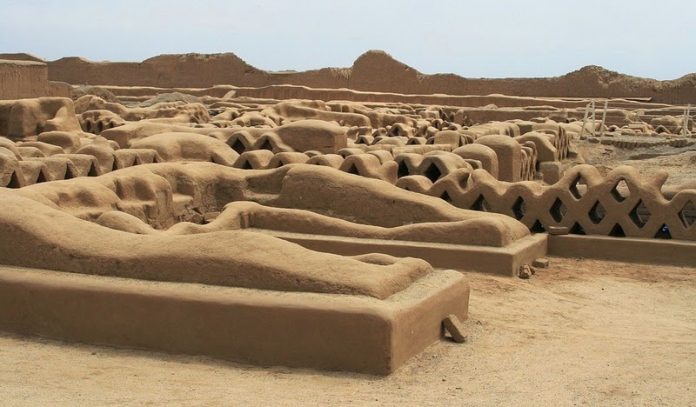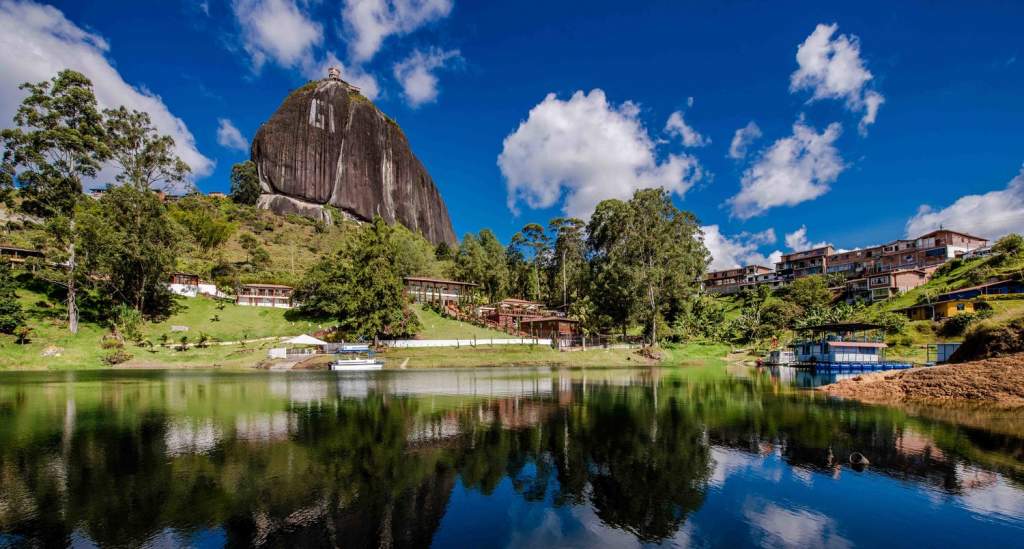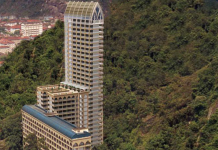/ month
placeholder text
Post List
Editor's Picks
Major Oak: Large English oak (Quercus robur)
Robin Hood’s Oak Sherwood Forest, England 1908. The Major...
Milford Sound – The Heaven on Earth
Milford Sound - Nioselandahi island country in the southwest...
High Scores in List A matches
Indian left-handed opening batsman Shikhar Dhawan ravaged South Africa...
Street Artist Creates Magnificent 3D Graffiti
Street Artist Creates Magnificent 3D Graffiti That Seems To...
The Latest Airless Bike Tires, That Never Get Flat
The latest Airless Bike Tires That Will Never Get...
The Secret of Abandoned Fish Mall
The secret of Abandoned Fish Mall - In post-apocalyptic...
5 Ways to Use Pastels in Your Home Interiors
Pastels in Your Home Interiors
The human mind is extremely...
Layers of Glass Form 3D Landscapes and Seascapes
Layers of Glass Form 3D Landscapes and Seascapes. Lucie...
The Natural Hot Springs of Mammoth Lakes
The Natural Hot Springs of Mammoth Lakes are scenic...
Don't Miss
Lake Mývatn – A Natural Wonder of Iceland
Lake Mývatn. In Iceland, there are some places that...
Artichokes Plant – A friend of the Liver
If you ask any Frenchman about Artichokes Plant, he...
Guelta d’Archei – A Hidden Treasure of Sahara Desert
The Guelta d’Archei is a hidden treasure in the...
Leukemia Symptoms and Treatment
Leukemia Symptoms and Treatment
The disease known as leukemia is...
Unaweep Canyon: Rare Geological Creek Flow out of Opposite Ends
Located on the Uncompahgre Plateau in western Colorado, the...
Dubai Piercing Through Blanket of Fog
These’re incredible photographs taken from high above the Dubai...
How to Hire a Happy Person For a Specific Job?
Hiring a happy person for a specific job is...
Why Are Professional Development Courses Important?
Professional development courses are an indispensable asset for anyone...
Charismatic Planet © 2024 . All Rights Reserved.



![chan-chan-peru-3[2]](https://charismaticplanet.com/wp-content/uploads/2015/05/chan-chan-peru-32.jpg)

![chan-chan-peru-5[6]](https://charismaticplanet.com/wp-content/uploads/2015/05/chan-chan-peru-56.jpg)
![chan-chan-peru-8[2]](https://charismaticplanet.com/wp-content/uploads/2015/05/chan-chan-peru-82.jpg)






